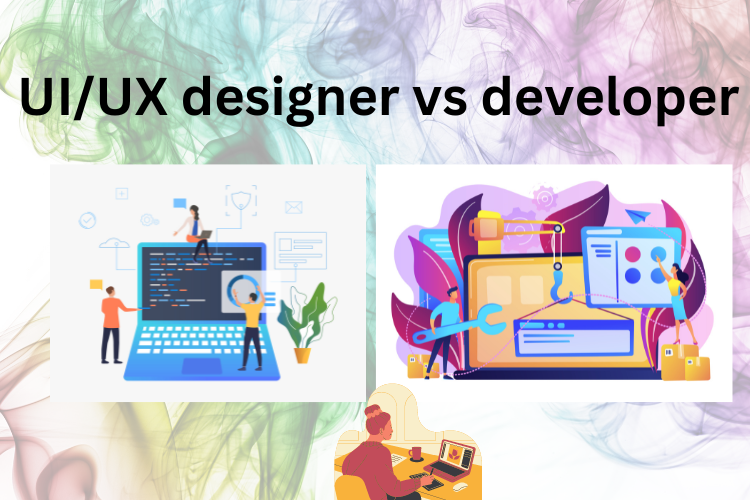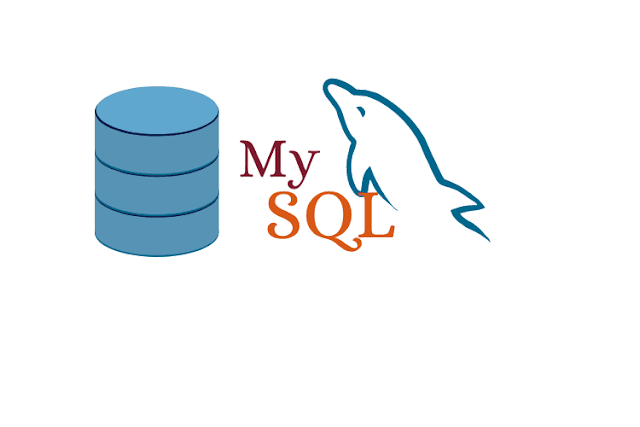UX (user experience) and UI (user interface) are two phrases that are often used mutually. But this is a typical mistake, as they each mean very additional things.
Bunches of people new to the world of design and development struggle to comprehend the differences between UX and UI, so they just lump all of the optical elements of their design into a single type.
UI designers and UX designers are two different jobs. Both play a key role in the design strategy, user flow, and final product of any software task. When you’re building a website or designing a mobile app, you must also comprehend UX and UI design.
Whether you’re curious about becoming a UI designer, or UX designer, or just want to whet your skills related to graphic design, this guide is excellent for you. This beginner’s guide on UI and UX concentrates on their likenesses and differences in the tech industry.
 |
| UI/UX |
What is UI design?
User interface (UI) design is a speck different from UX design. The UI design process is a bit more specialized, which means UI designers need to have a definite understanding of information architecture and command line interface code.
UI designers construct the user interface design and graphical user interface. Equivalent to UX design, UI designers still need to prioritize the end users when they assemble interfaces. But the direction of the visual interface elements is different.
UX design usually arrives first during the initial software development phase. The UI designers work near to the UX designer when it reaches to things like color, typography, responsive design, buttons, icons, and similar features of the outcome.
A UI designer might start with a sitemap or build wireframes that show a content scale. Then the design must convey that scale through the use of visual design features.
In short, UI design contains the look and feel of a software product. It guarantees the user interface is intuitive, assuming all of the visual and interactive features on the page.
This role is all about the interaction between a user and the design elements of an app or website.
What is UX design?
UX stands for “user experience.” As the name indicates, UX design contains the end user’s interchange with a product. When we describe UX, we’re guiding to the interactive elements and responsive design of the user expedition.
What occurs when they click this button? Is there a soft change from this page to another? Are there fixed points or problems with the way a user guides the page?
The immediate goal of UX design is to improve user knowledge. It doesn’t count how hard you work on your outcome or how nicely you think it’s going to be. If the end users aren’t satisfied with it, then it’s heading to have issues.
UX designers work near with marketers and product teams to comprehend the ultimate requirements of the customers. Great UX design doesn’t occur overnight. The UX design process usually interests user testing and user research. It’s common for UX design to continue even after a software project has been established. You can use surveys and discussions to collect user data and truthfully understand user anticipations.
This will fast tell you whether your target audience believes you have a bad UX and focus on what needs revision.
When you glance at the top skills for UX designers, you’ll see that this topic goes overhead and beyond basic design stuff.
You need to be well-rounded to get UX design accomplished right.
As a UX designer, the business goals, specialized constraints, and user needs must all be brought into respect. The user’s expedition and creating a positive occasion need to be a top priority.
Here’s a simple example to help you comprehend the ideas of UX design.
Let’s say you’re creating an e-commerce app. If you’re already in the e-commerce area, you know how critical your shopping cart and checkout procedure are to your success. While your checkout discharge might seem like it works nicely in theory, that process may not solve well to the design.
Maybe the “buy” or “checkout” button isn’t on the mesh where it should be. Users have to scroll before they move through the checkout procedure. This small frustration can hurt the user experience and eventually crush your modification rates.
So a UX designer maps the user journey to ensure the user experience is smooth throughout the transaction.
Differences Between UX and UI Design
Now let’s concentrate on the distinctions between UX (user experience) design and UI (user interface) design. Here’s the easiest way to differentiate UX and UI from each other:
UI concentrates on the technical elements that allow users to interact with websites and mobile apps. UX design highlights the user’s general perception of their knowledge of the software.
Let’s focus on the mobile app part of UX and UI design. An app user interacting with the design stuff falls in the user interface (UI) design variety. It could affect the capability of target users to guide on the screen, click on buttons, read content, and things of that nature. If a button is in an embarrassing location or the menu color is too equivalent to a background color, that’s all connected to the product’s interface.
On the flip side, UX design is all about the last takeaway of your mark users. If the user’s knowledge is compromised due to formatting flaws, then the UX designer ought to make changes.
For clarity’s sake, let’s say you’re building a new mobile app that delivers a search engine feature, like Google. The home screen has a straightforward design, making it comfortable for users to use the search engine. This is an example of a fantastic UI design.
The Difference Between UI/UX Designer & Developer
If you like to work on user interface elements, you want a UI designer and a UI developer. If you’re heading to work on the user’s knowledge, you are examining UX design.
Just recall, designers and developers don’t have the same role and don’t do the same job. Take any funny book that comes to your mind. Writing and painting are very different activities. You ought both of them equally, but they are similar worlds. Your developer is your writer, the one who structures the storyline and creates the characters’ personalities. Like a designer, the illustrator translates the story into a graphical world, giving life to characters and places with shades and style.
With additional tools, they take the reader by writing from the beginning to the end. And that’s the same thing you want for your page. As long as technology will be a portion of our daily life, you will require someone to create an interface for any background, age, profession, and technical skills. Let’s have a closer look at their tasks and duties.
 |
| UI/US Designer & Developer |
What Is a UI/UX Developer?
Dealing with a site, there are three primary kinds of designers. A back-end designer guarantees that the site's capability continues running by refreshing and further developing the server-side code. At long last, you have a full-stack engineer who deals with everything.
Your UI and UX designers fall in the main class, front-end engineers. Their job is to make work the visual component of an application or site, working with UI and UX planners. As we said previously, planners deal with the stylish and imaginative parts of the connection point, while designers center around making these visual components capable easily and rationally.
How do UX design and UI design work together?
As may be obvious, UX and UI remain closely connected, and keeping in mind that there are a huge number of instances of extraordinary items with one and not the other, envision the amount more fruitful they could have been serious areas of strength for when the two fields.
UI configuration resembles the good to beat all cake. Envision you concoct an astonishing thought for an application; something plainly missing from the market and could really completely change people to improve things. You employ a UX planner to lead client exploration and assist you with sorting out precisely the exact thing highlights your application ought to have, and how the whole client excursion ought to be delineated.
Your application offers something that your main interest group needs and needs; in any case, when they download it, they observe that the text on each screen is scarcely decipherable (think the yellow text on a white foundation). Also, the buttons are excessively near one another; they continue to raise a ruckus around the town button unintentionally! This is an exemplary instance of terrible UI obliterating what might have been great UX.
On the other side, have you at any point gone over a truly lovely site just to find that past the stunning liveliness and on-the-money variety conspire, it's really a genuine aggravation to utilize? Great UI can never compensate for terrible UX; getting a perfectly brightened cake really tastes horrendous when you nibble into it.
Thus, with regards to item plans, UX and UI complete one another — and in the present serious market, getting the two viewpoints right is a flat-out must. Whether you decide to fill in as a UX fashioner or a UI creator, it's valuable to have a comprehension of both; all things considered, you'll unavoidably be cooperating. This carries us to our next segment…



0 Comments
If you have any doubts please let me know.